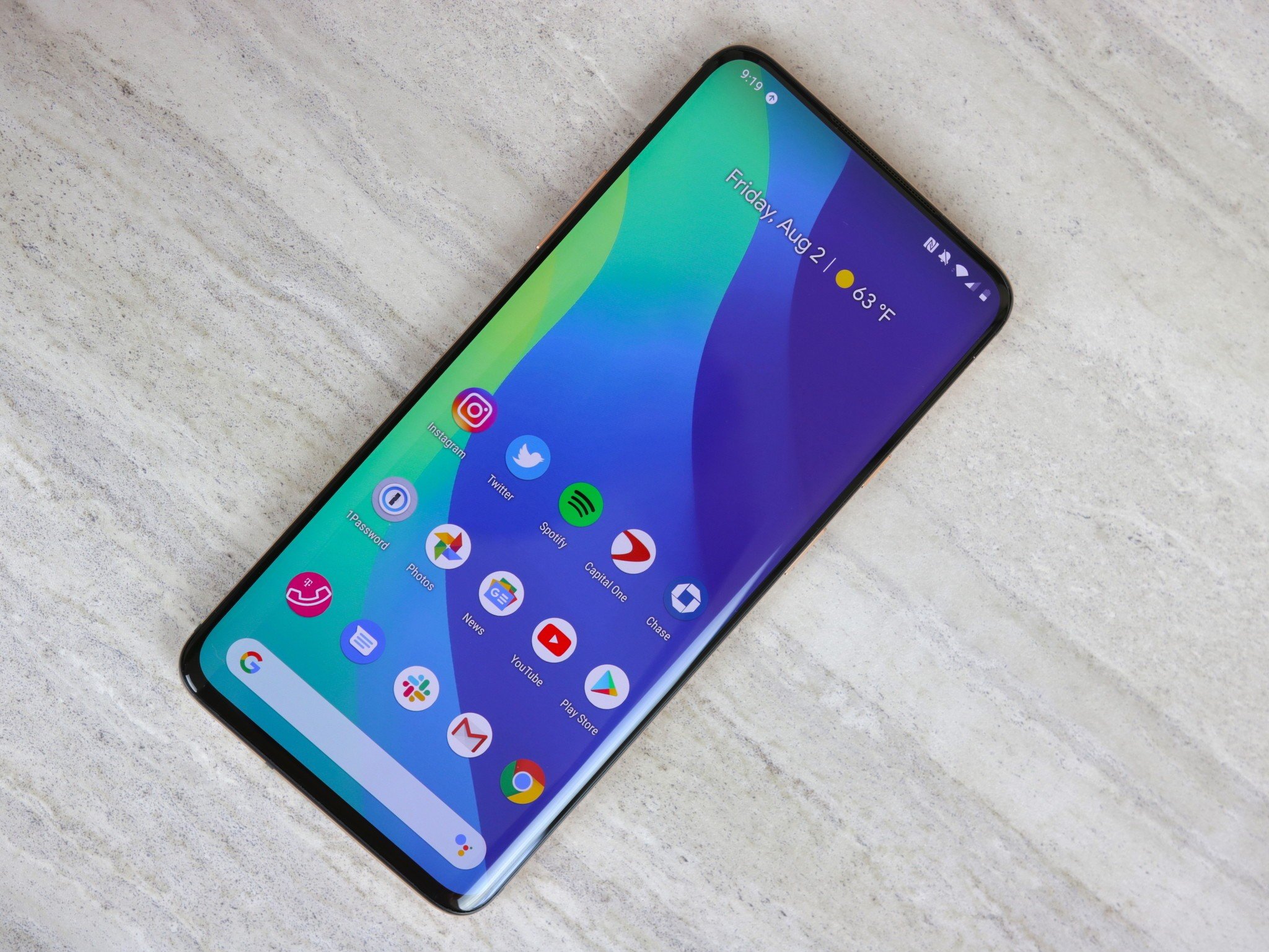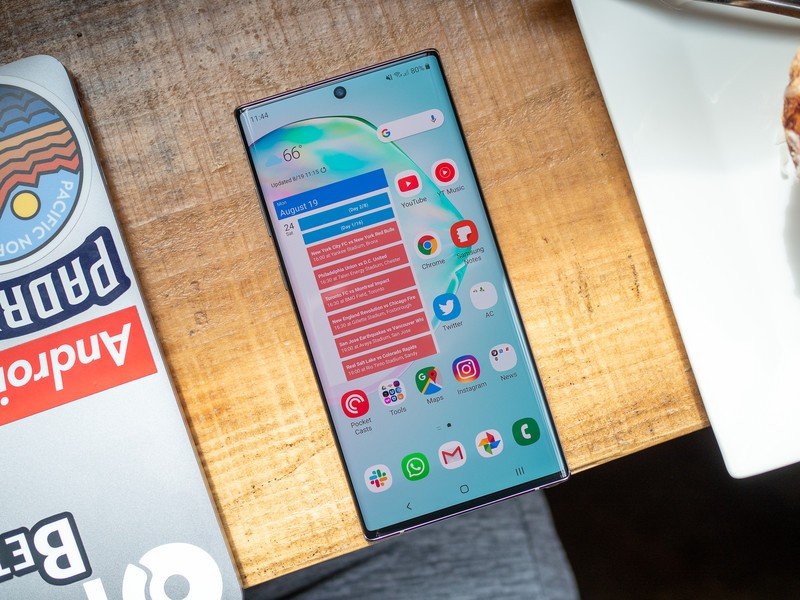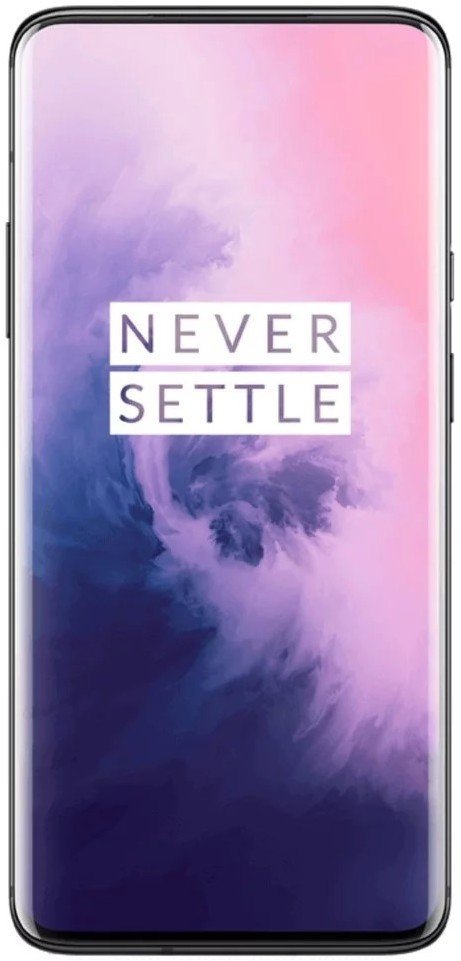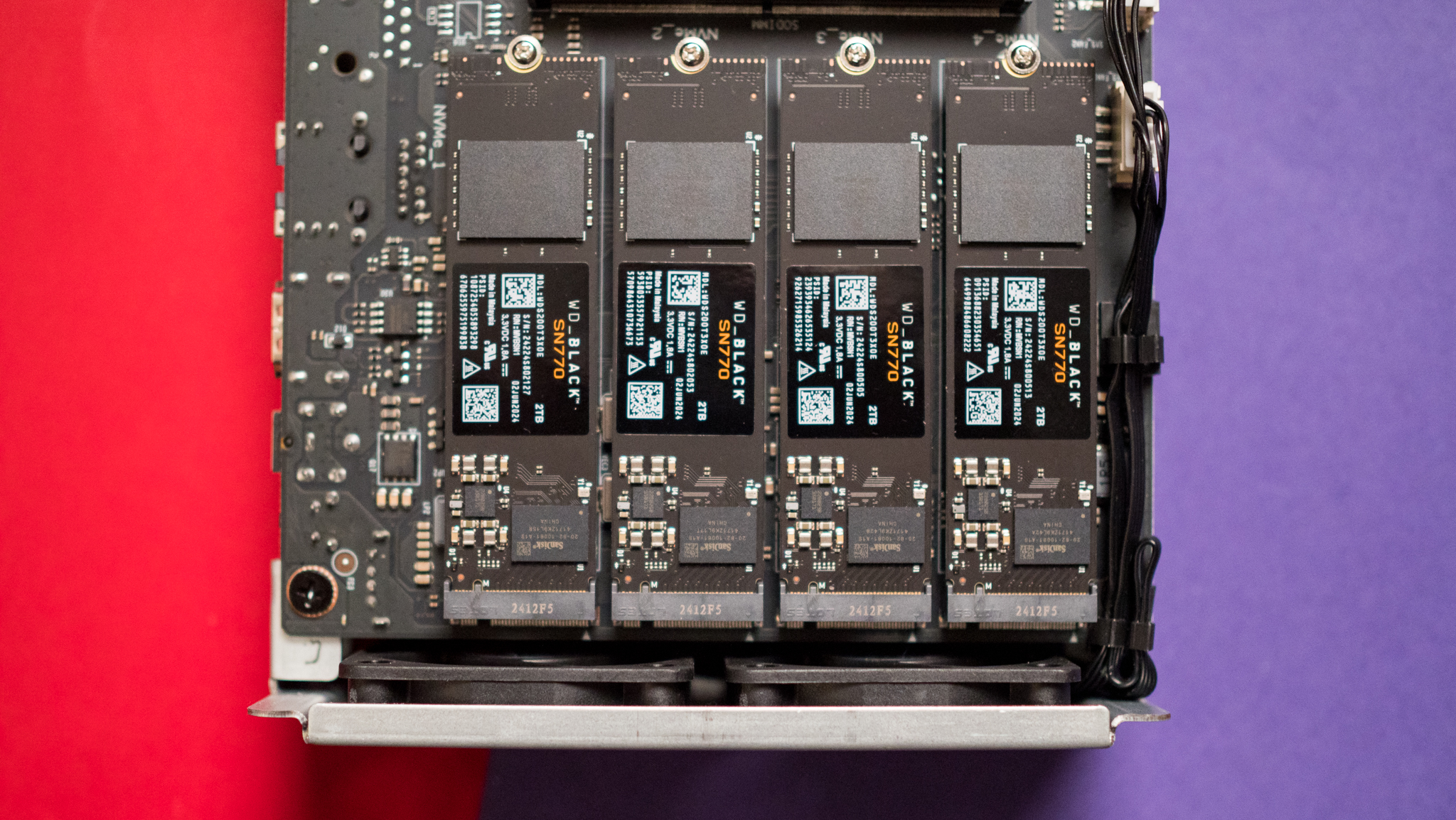I refuse to buy another flagship without a 90Hz or faster refresh rate

Each year brings a new list of smartphone trends, and as 2019 is making its way through the second half, it's evident what OEMs have been focused on this year. Waterdrop notches and hole-punch camera cutouts are in, headphone jacks continue to be obliterated from the face of the earth, and in-screen fingerprint sensors are the next solution for continuing to eliminate bezels.
There's another feature that's started to become more prominent this year, and that's displays with fast refresh rates. After the Razer Phone first introduced this concept in late-2017, it was given a more significant showcase this year with phones like the OnePlus 7 Pro, ASUS ROG Phone 2, and possibly in the upcoming Google Pixel 4.
While not as popular as some of the other trends we've seen in 2019, fast refresh rate displays have stuck out as something special to me. And, if I'm perfectly honest, have made it difficult for me to get excited about new phones that are released without the feature.
Take the Galaxy Note 10 and Note 10+, for example. Both phones are incredibly compelling handsets, offering gorgeous AMOLED displays, blazing-fast performance, trusty rear cameras, great battery, etc., etc. Unfortunately, both phones are capped at the traditional refresh rate of 60Hz.
Both phones have incredible-looking screens, especially the Note 10+, but after using the OnePlus 7 Pro as my daily driver, going back to something with a 60Hz panel feels archaic. I had to buy a Note 10+ for work, and while I'm interested in checking it out, I don't envision it becoming my go-to phone simply for the fact that it doesn't have a 90Hz or 120Hz display.

Placing so much importance on one feature might sound a bit dramatic, and if you haven't seen a fast refresh rate screen in person, I don't blame you. However, after using one for myself, it's getting impossible to go back to a device without it.
Not only is a faster refresh rate more pleasing to look at, it also gives off the impression that a phone moves faster compared to a handset without one. Compare two phones with the same processor, such as the OnePlus 7 Pro and Note 10, and the 7 Pro will appear to be faster than the Note since everything on the display is refreshing at a considerably quicker rate.
Get the latest news from Android Central, your trusted companion in the world of Android
Now more than ever, flagship phones need to justify their $1000+ price tags.
There may not be an actual difference in either phone's performance, but because the 7 Pro's screen is refreshing faster, it'll look and feel snappier than the Note 10 by a considerable margin.
Maybe I value this feature more than the average user, but even so, it's getting to the point where it's a little ridiculous that we're being asked to spend a thousand dollars or more on a flagship phone that's stuck at the 60Hz rate — especially when OnePlus and ASUS have shown that you can include a 90Hz or 120Hz screen in a phone that costs around $700.
Flagship smartphones are supposed to offer the very best that the market has to offer, and a fast refresh rate is objectively better than a traditional one. Not only that, but with the mid and low-end market continually getting better and better, flagships need to do everything in their power to offer a compelling reason to spend hundreds of dollars more rather than just getting the latest Moto G phone.
I think we'll eventually get to a point where 90Hz+ displays become commonplace, but it remains unclear how long it'll be before we get there. The rumor mill is pointing to the Pixel 4 adopting this feature, but Samsung, LG, Huawei, Apple, and most other companies have shown no interest so far in putting this technology on their phones.
Here's to hoping that changes sooner rather than later.

One of the few phones with a 90Hz display.
The OnePlus 7 Pro is noteworthy for a lot of different reasons, but one of its strongest aspects is its 90Hz Fluid AMOLED display. The screen is a joy to look at, with great colors and buttery smooth performance. The 7 Pro also has a huge battery, an incredible design, and comes in at a great price.

Joe Maring was a Senior Editor for Android Central between 2017 and 2021. You can reach him on Twitter at @JoeMaring1.
